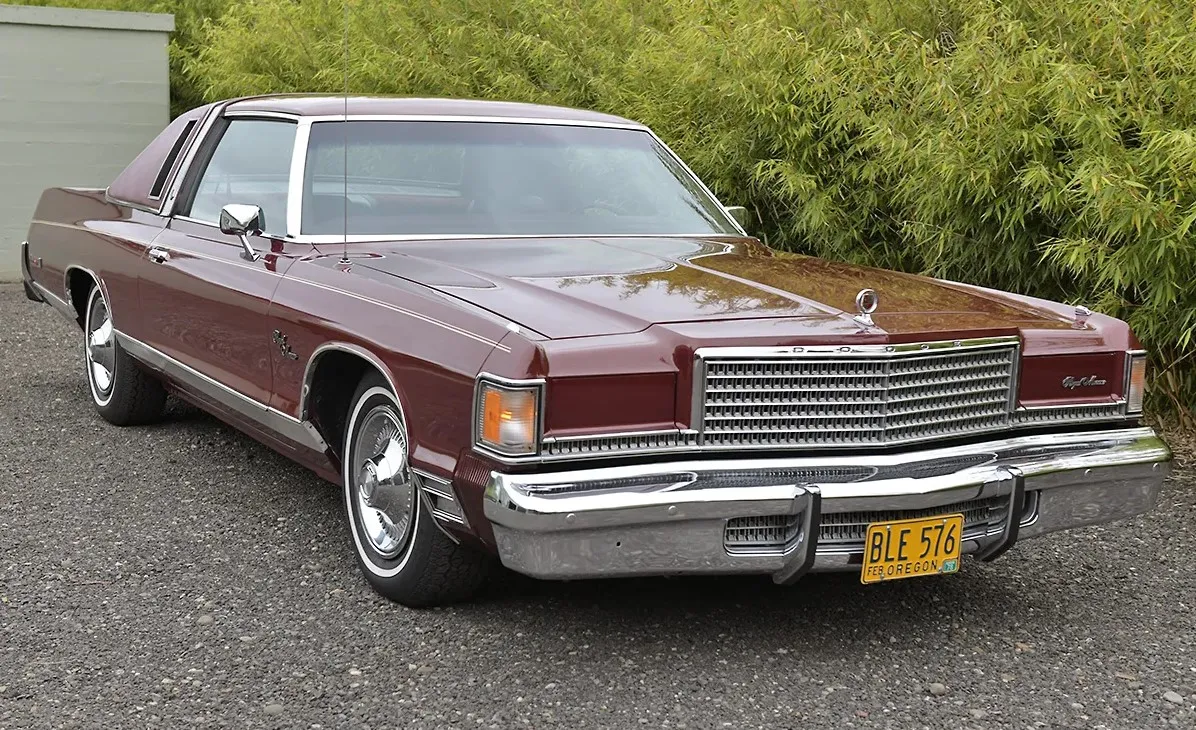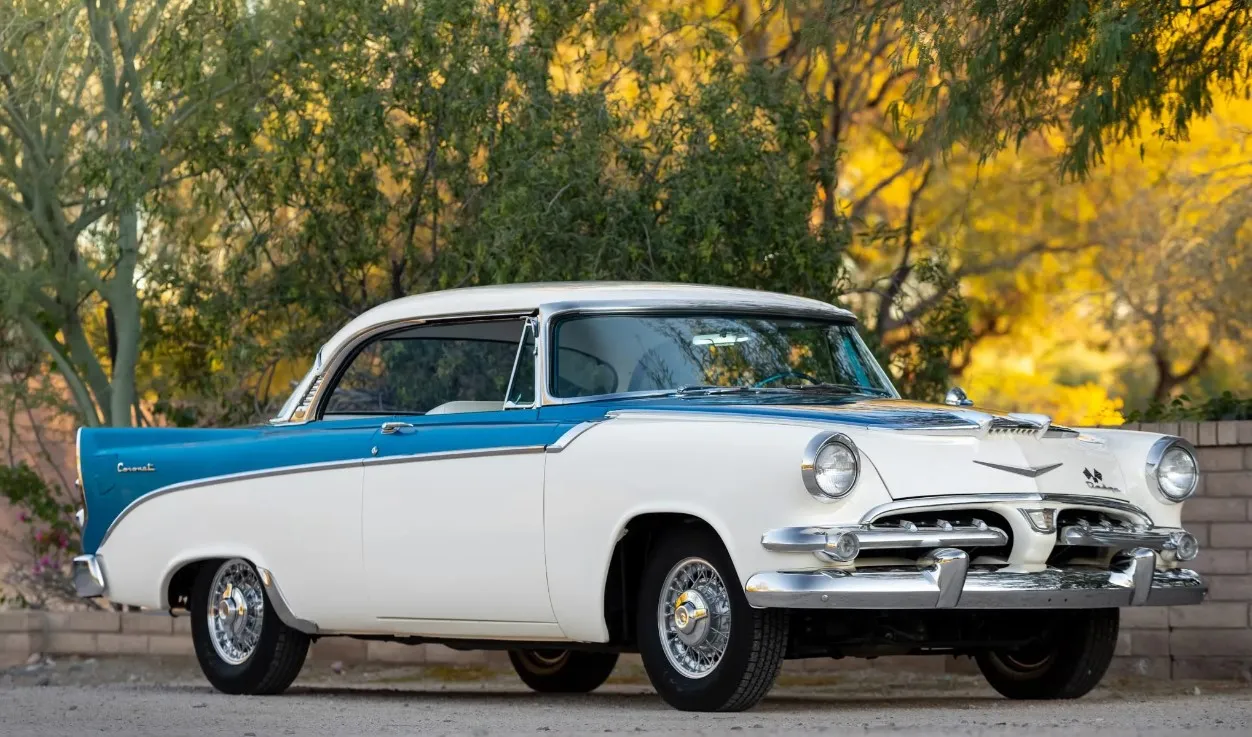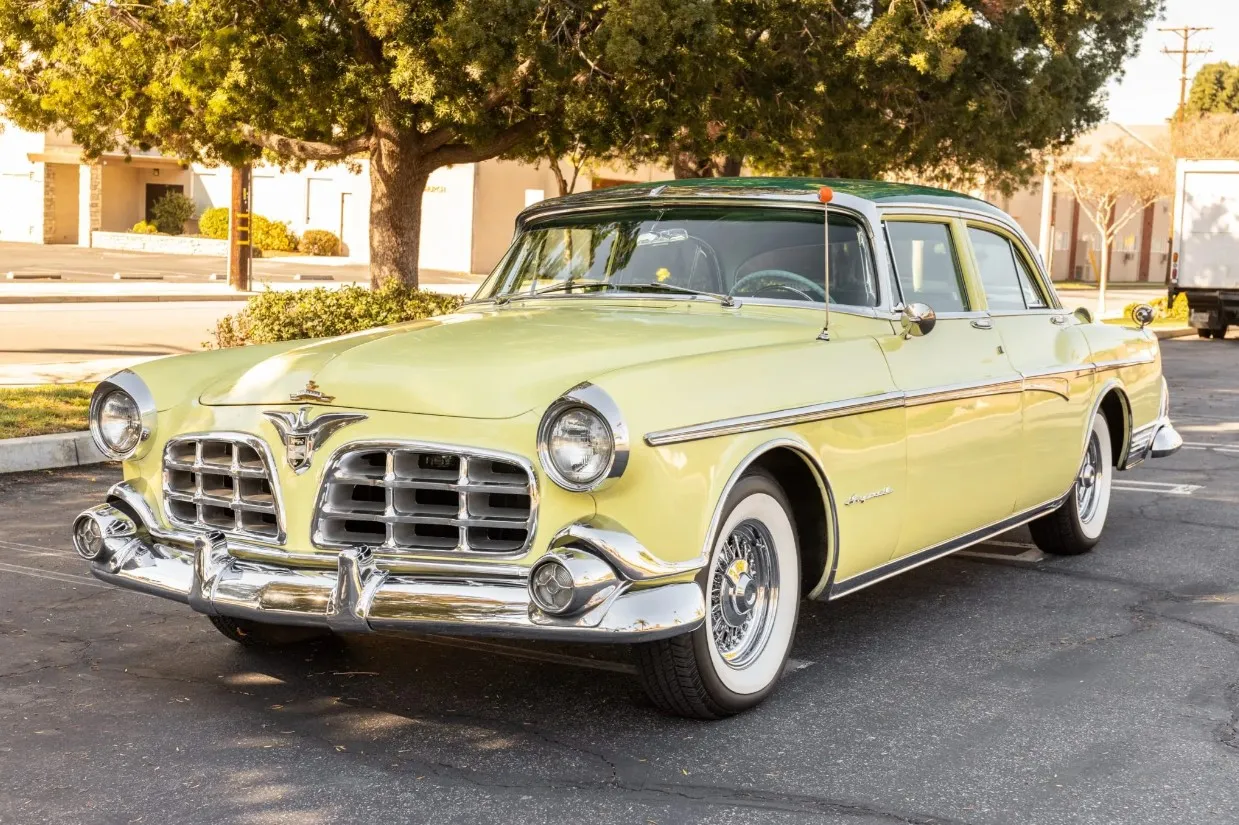In the pantheon of American muscle cars, the 1969 Ford Mustang Boss 429 occupies a special place. Revered for its extraordinary power, iconic design, and limited production, this classic muscle car represents an era when high-performance automobiles ruled the open road. In this article, we'll take a trip back in time to explore the history, design, and enduring legacy of the 1969 Ford Mustang Boss 429.
1. Engine
The highlight of the Boss 429 is its engine. It was powered by a massive 7.0-liter (429 cubic inches) V8 engine. The engine was specifically designed for high-performance applications and featured an aluminum hemispherical cylinder head, high-flowing intake and exhaust systems, and other modifications. It produced a conservatively rated 375 horsepower, but it's widely believed to have produced significantly more power in reality.
Displacement
The engine in the Boss 429 had a displacement of 7.0 liters, which is equivalent to 429 cubic inches. This massive displacement contributed to the engine's high torque output and power potential.
Design
The Boss 429 engine was based on Ford's 385 series engine family. To accommodate the large cylinder heads and hemispherical combustion chambers, the engine featured a modified block with additional bulkheads and reinforced components. It was a highly specialized design intended for racing and high-performance street use.
Hemispherical Cylinder Heads
One of the defining features of the Boss 429 engine was its aluminum hemispherical cylinder heads. This design, commonly referred to as "hemi" heads, allowed for improved airflow and combustion efficiency, leading to enhanced power output.
Power Output
The Boss 429 engine was conservatively rated at 375 horsepower and 450 lb-ft of torque. However, it's widely believed that the engine actually produced significantly more power in practice, possibly exceeding 500 horsepower. This discrepancy between the official rating and real-world performance adds to the allure and mystique surrounding the engine.
Induction System
The Boss 429 featured a unique and visually striking "shotgun" style intake manifold. This dual-plane intake manifold was designed to accommodate the large 4-barrel Holley carburetor, which supplied a generous amount of air and fuel to the engine.
Exhaust System
The Boss 429 had a high-flowing exhaust system with long-tube headers and dual exhaust pipes. This setup contributed to improved engine breathing and helped unleash the engine's full potential.
Cooling System
To manage the engine's heat generated during high-performance driving, the Boss 429 featured a robust cooling system. It included a larger radiator, a heavy-duty fan, and other enhancements to ensure optimal engine temperature control.
2. Performance
The Boss 429 offered exhilarating performance. It had robust low-end torque and could accelerate from 0 to 60 mph (0 to 97 km/h) in around 6 seconds. Its top speed was estimated to be around 140 mph (225 km/h). The car's power and performance capabilities made it an impressive force on both the street and the racetrack.
Acceleration
The Boss 429 had strong acceleration, allowing it to go from 0 to 60 mph (0 to 97 km/h) in approximately 6 seconds. Its massive torque output and substantial horsepower made it quick off the line, delivering exhilarating acceleration.
Top Speed
The top speed of the Boss 429 was estimated to be around 135 to 140 mph (217 to 225 km/h), depending on the specific gearing and aerodynamic characteristics. This top speed was impressive for a muscle car of its time.
Power and Torque
The Boss 429's engine produced a conservatively rated 375 horsepower and 450 lb-ft of torque. However, the actual power output is believed to have been significantly higher, possibly surpassing 500 horsepower. The engine's abundant torque allowed for quick acceleration and strong mid-range power.
Handling and Suspension
The Boss 429 featured a performance-tuned suspension, including heavy-duty springs, shocks, and stabilizer bars. It also had a wider front track and fender flares to accommodate larger tires, improving stability and cornering capabilities. While its primary focus was straight-line speed, the Boss 429 offered good overall handling for a muscle car of its era.
Braking
The Boss 429 was equipped with power front disc brakes, which provided reliable stopping power. However, braking performance may have been somewhat limited by the car's weight and the era's technology.
3. Transmission
The Boss 429 came exclusively with a four-speed manual transmission, providing a direct and engaging driving experience. The transmission featured a Hurst shifter for precise gear changes, further enhancing the car's sporty character.
4. Exterior Design
The Boss 429 had a muscular and aggressive appearance that distinguished it from other Mustang models of the time. It featured a unique front grille design, a functional hood scoop, and a rear spoiler. The car's bold and athletic stance was further emphasized by its wider track, which required fender flares to accommodate larger tires.
Aggressive Front End
The Boss 429 had a menacing and aggressive front end that signaled its high-performance nature. It featured a blacked-out horizontal grille with a prominent Boss 429 emblem in the center. The grille was flanked by dual headlights positioned in recessed housings, giving the car an intimidating appearance.
Functional Hood Scoop
One of the most noticeable design elements of the Boss 429 was its functional hood scoop. Located in the center of the hood, the scoop served a crucial role in providing cool air to the engine. It had a prominent and muscular shape that added to the car's aggressive stance.
Front and Rear Spoilers
The Boss 429 came equipped with a front spoiler and a rear decklid spoiler. These spoilers not only enhanced the car's aerodynamics but also added a sporty and purposeful look. They contributed to the car's overall performance and conveyed its racing pedigree.
Distinctive Body Panels
The Boss 429 had a unique body design that included extended fender flares. These flares were added to accommodate the wider tires and give the car a more muscular and aggressive appearance. The fender flares blended seamlessly into the body and flowed into the rest of the car's lines.
Striking Side Stripes
The Boss 429 often featured bold and eye-catching side stripes running along the length of the car. These stripes were available in different colors, contrasting with the base body color. They added a sporty and racing-inspired touch to the car's exterior.
Magnum 500 Wheels
The Boss 429 typically featured Magnum 500 wheels, which were iconic to the era. These five-spoke wheels had a chrome finish and were fitted with wide, high-performance tires. They not only looked great but also provided the necessary grip for the car's impressive performance.
5. Limited Production
The Boss 429 is known for its rarity. Ford produced only 859 units of the Boss 429 for the 1969 model year. This limited production run, combined with its high-performance reputation, contributes to its desirability among collectors and enthusiasts today.
6. Racing Heritage
The Boss 429 was developed by Ford for homologation purposes, allowing it to compete in NASCAR racing. It was part of a successful racing program and was known for its dominance on the track. Its racing pedigree adds to its allure and historical significance.
The 1969 Ford Mustang Boss 429 is an automotive legend that represents the pinnacle of American muscle car performance. Its massive engine, thrilling performance, distinctive design, and limited production numbers have made it an icon of the era and a highly coveted collector's car.


